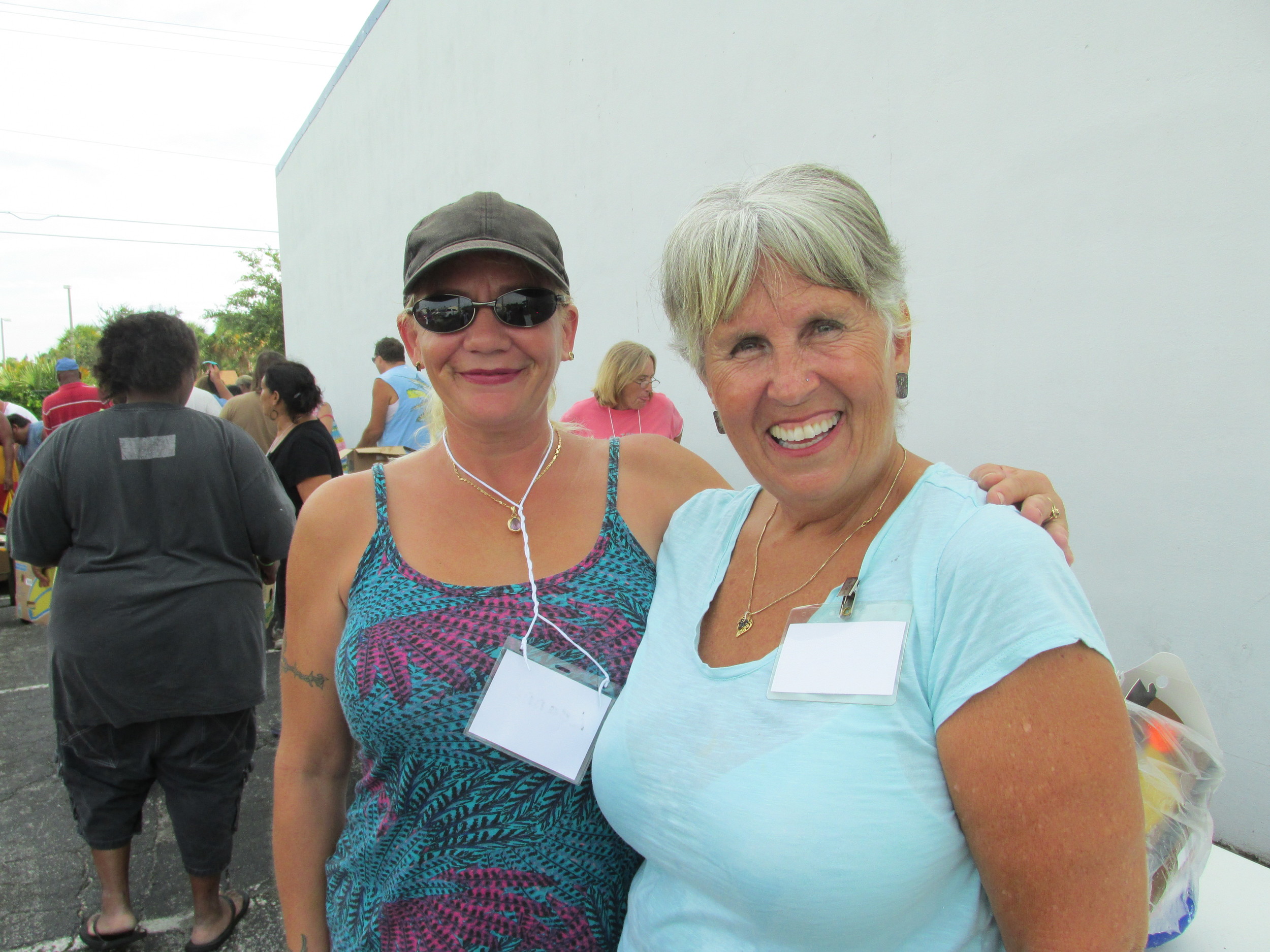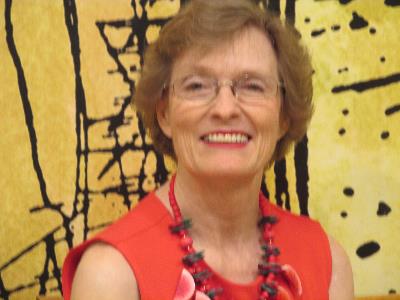In November 2013 $39 million in SNAP Benefits will be cut for all Americans. It is expected that this decrease in benefits will cause “hardship” and “food insecurity.”
As of April 2013, more than 47 million Americans are receiving Food Stamps, also known as SUPPLEMENTAL NUTRITION ASSISTANCE PROGRAM (SNAP). (47,548,694 to be exact).
Compared with SNAP participation only five years ago, in 2008, which was 29 million, today’s numbers are remaining high because the job market continues to be weak.
The idea of food stamps arrived with Secretary of Agriculture Henry Wallace in May 1939. It ENDED in 1943 “since the conditions that brought the program into being—unmarketable food surpluses and widespread unemployment—no longer existed.”
Pastor Jerry Herald at work
President John F. Kennedy signed his first Executive Order, which called for expanded food distribution to fulfill a campaign promise. Since that time, the program has grown. April 1965 found 561,261 Americans on the rolls. By October 1974 the number had increased to 15 million.
Photo Credit: Kelly Jadon
After 2008, many industries in the country changed, affecting jobs. Layoffs were widespread. Although employment is up, the amount of new jobs which are part-time is 75%. In July 2013, 8.2 million Americans are in part-time employment, even though they would rather not be. Also rising are the costs of living-- food, the power bill, etc.. Part-time work will not pay all of the bills.
The key word for SNAP is “SUPPLEMENTAL.” These are not FULL benefits , but “in addition to.” The idea is that citizens are at work and purchasing the majority of their own food.
Volunteers at Bridge Christian Outreach
In November 2013 SNAP Benefits are expected to be cut for all. It is anticipated that this decrease in benefits will cause “hardship” and “food insecurity.” 23 million households (22 million children) in the United States will fall into these two circumstances. Approximately 10 million of the children already live in “deep poverty,” due to family income below half of the poverty line. 9 million others are disabled or elderly.
Scott, a volunteer
In August 2013, Chad Stone, Chief Economist, commented on the July Employment Report, “long-term unemployment remains a significant concern. Nearly two-fifths (37.0 percent) of the 11.5 million people who are unemployed — 4.2 million people — have been looking for work for 27 weeks or longer. These long-term unemployed represent 2.7 percent of the labor force.”
Carolyn L. Weaver of the Cato Institute has written about the care of the elderly and the poor prior to the Great Depression, in which it was primarily the responsibility of the private sector. Family, friends and neighbors “organized private charity.”
“There were no federal programs (other than veterans’ programs) to assist the poor, whether young or old, disabled or unemployed. The role of the government in preventing poverty through the provision of pensions and insurance was even more limited.”
Volunteers at Bridge Christian Outreach
As the United States transitions into more part-time employment buckled with higher costs of living, traditional methods of charity are being reestablished. One such organization which is a promising model for national use is The Bridge Christian Outreach Food Pantry located in Jensen Beach, Florida. Using extremely low overhead, local sources pool their resources to aid the needy from a two-county area. Under the non-denominational leadership of Pastor Jerry Herald, groceries are provided to over 200 poverty-stricken families. Three Fridays a month, frozen meat, fresh produce, baked goods, bread and canned products are trucked in and given out from a central location. No building is used for storage. Families arrive from surrounding towns—Stuart, Port St. Lucie, Fort Pierce and Jensen Beach (Martin and St. Lucie Counties).
Jerry Herald has this to say about his experience: “The face of today’s needy are many, but most are not homeless—they are marginalized. They are neighbors: men who have never been without work before but have been laid off, waitresses, part-time workers, single mothers, children, babies. These are the new poor. They are today’s widows and orphans.” Others have diseases, like cancer, and they hover on destitution’s doorstep--so ill they cannot work.
Pastor Jerry tells of a soldier, returned from Afghanistan with Post Traumatic Stress Disorder (PTSD). He has a wife and five children. There is not enough assistance from the VA to both pay the bills and purchase food.
Jerry Herald adds, “This part of our society makes life-struggling choices daily.”
Florida, a state hard hit in the economic crisis has 3,548,465 on SNAP. After November’s SNAP cut, an estimated 3,552,000 in Florida will be affected. That is 18% of the state’s population.
In Martin County, 59% of single mothers live in poverty, 29% of the children also do, and 5% of those over age 65 as well (2009 Census).
In neighboring St. Lucie County, the poverty rate is 20.3% for all ages, but climbs to 31.7% for children under age 18. (State of Florida 2011)
BackStory: Jerry Herald and his wife Evie moved to Florida in 2006 from Michigan. Before attending Concordia University, Jerry Herald was a Scout Sniper in the Marine Corps. A veteran, he finished his military duty as a Sergeant.
A humble man, Jerry Herald balks at interviews, but granted this one as he sees that the need to help more people is growing. Yet, as the pastor of this charity, Bridge Christian Outreach, he knows the people personally and can identify their needs. His work extends beyond the pantry: for example, to the hospital—where he has been a patient advocate.
“Bridge Christian Outreach never would have begun without Evie,” he adds. “She is the voice who saw the needy in Detroit several years ago, and spoke, ‘Let’s help.’” Their experience in the now bankrupt city prepared them for their work South Florida.
Pastor Jerry Herald at the food pantry handout
Bridge Christian Outreach has been meeting the needs of the marginalized for seven years. Tested by hurricanes, heat and cold, they have shown that they are here, to stay. As of now, 12 churches in the area offer various forms of assistance to Bridge Christian Outreach, as volunteers or by giving donations of food, money or grocery store gift cards. As the economic crunch continues, needs are expected to grow. 100% of all donations go directly to assist those in need.
No longer can the government be relied upon to take care of a town or city’s needy. Indeed, Pastor Jerry adds, “It is not the government’s function. Do what you can.”
This model functions with a food pantry as a central location—and three or four outreach locations within the town or city. Hot meals may be served at the outreaches. Needs may be addressed there too. Lay people may assist in these locations as well. The entire model operates at a minimal cost using dedicated volunteers based upon the Stephens Ministries concept.
Necessities: volunteers to organize food distribution and food (food banks, donations, etc)
Needed: volunteers as delivery couples, counselors, nurses on call, a dentist who will give discounted or free dental cleanings, a storage facility, just-picked produce, vitamins, baby food, over the counter medicines, diabetic supplies, free or reduced veterinarian visits, and even money.
For others who would just like to lend a listening ear to those who need help, there is training available through Stephens Ministries. It is a nationwide program.
The Bridge Christian Outreach operates out of the parking lot next to Jensen Beach Bowl. Currently, there is great need for further help from the Treasure Coast community.
For more information, contact Pastor Jerry Herald Email rev.j.e.herald@gmail.com
The Good News: Health Care At Martin Health System 2013-2017
© 2013 "Good News" Kelly Jadon











